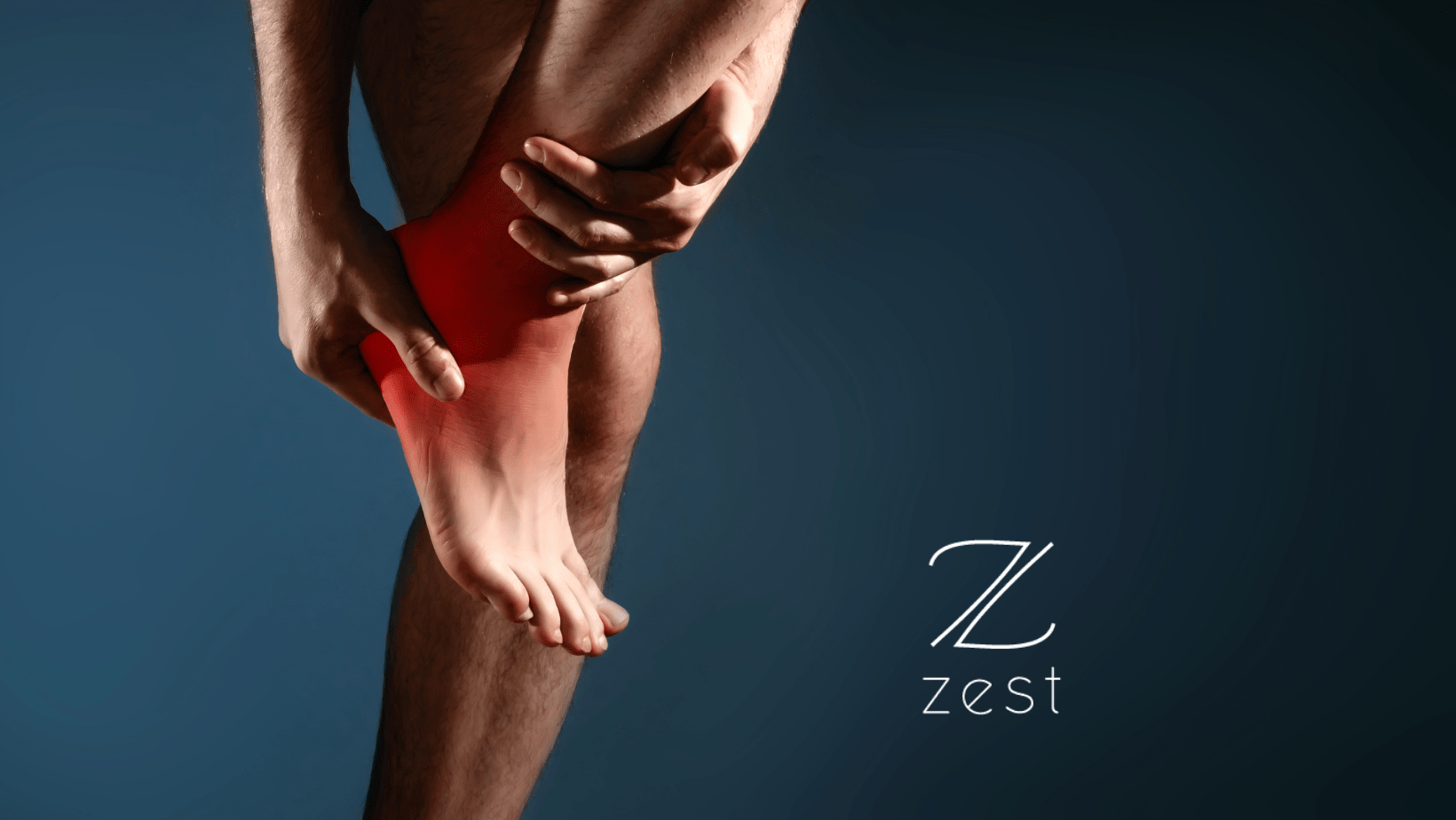What is heel pain?
Are you or someone you know suffering with heel pain? Scared to take that first step in the morning or has it stopped you from enjoying walking and sports.
If you have heel pain you are in the company of many people who have foot pain, accounting for many visits to healthcare professionals – including podiatrists, physios and GPs. It is the most common foot disorder encountered by podiatrists (college of podiatry).
Who gets heel pain
Young children can get heel pain especially those who are active and sporty. Adults who enjoy running and high impact sports can get heel pain. Adults whose occupations require them to be on their feet for long periods are susceptible. As we age, the soft tissue within the heel can degenerate leading to heel pain.
What is the structure within the heel that can be injured
The heel consists of bone (calcaneus) and soft tissue structures that attach to the bone including tendons, fascia, ligament.
The foot is a key structure for walking and running and whilst it is very well designed to withstand such load, it can suffer from over -use, overload or degeneration.
Causes of heel pain or injury
Degeneration of the soft tissue is the most common cause and in particular, Plantar heel Pain syndrome PHPS (commonly known as Plantar Fasciitis) especially amongst runners and those who stand for long periods at work.
Are you a runner?
PHPS is a degenerative condition rather than an inflammatory condition, and affects 10% of the population and 15% of all foot related complaints being seen by medical staff. 10% of all runners experience plantar pain and most common in those who run long distances.
Some of the common conditions include
- PHPS
- Baxter’s Nerve
- Heel spur
- Tarsal Tunnel Syndrome
- Fat Pad Contusion
- Distal Tear
- Tibialis Posterior Dysfunction
How can we help
Treatment from a podiatrist will be tailor-made for each patient but likely to include advice, taping, stretching and strengthening exercises, orthotics, shockwave therapy, steroid injection therapy, night splints.


